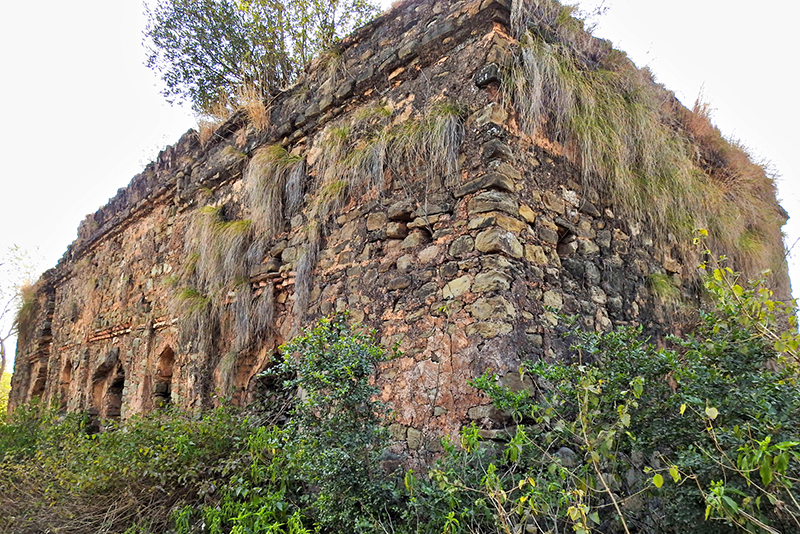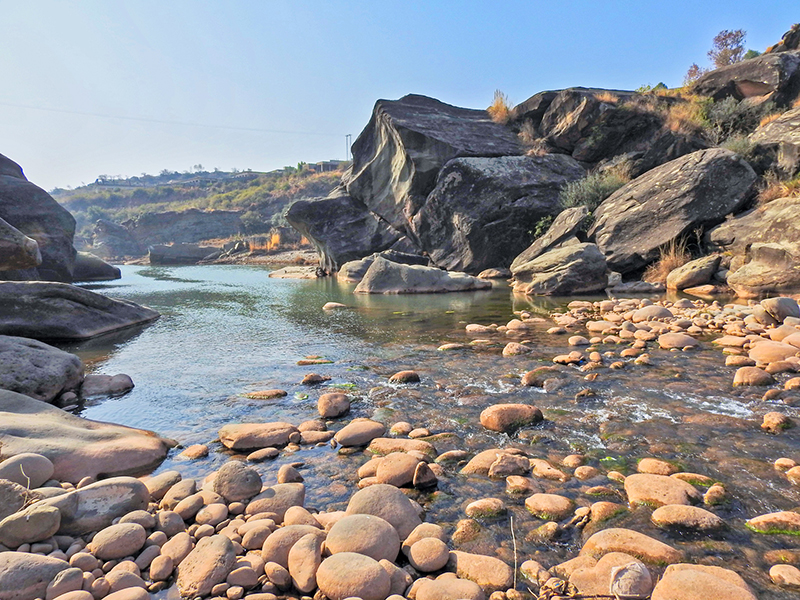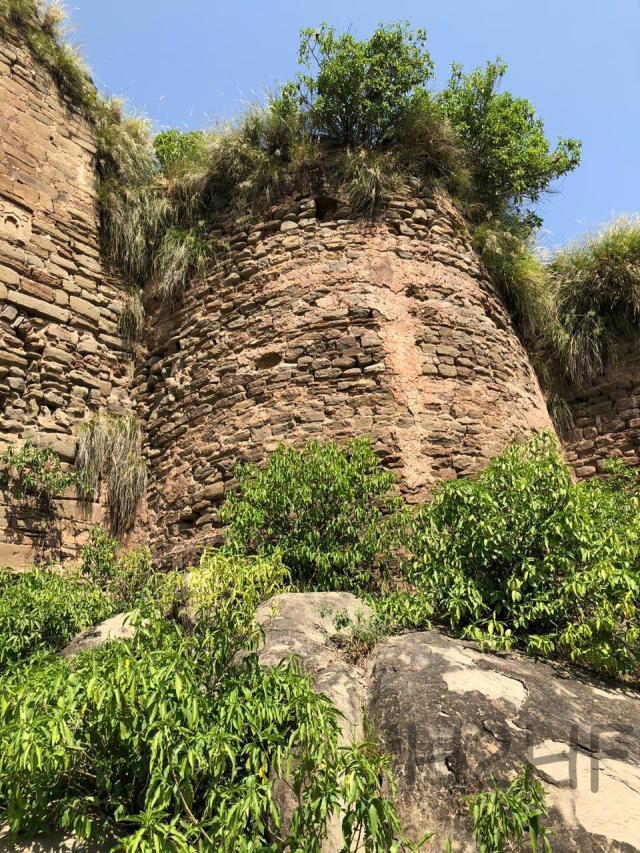Written by: Sadaf Shahzad
Posted on: October 23, 2020 |  | 中文
| 中文
The Eastern Side of Pharwala Fort (photo credits to Farooq Soomro)
Driving through the outskirts of Rawalpindi and Islamabad, one would be astonished to discover the number of pre-Colonial remnants left behind by the once-powerful players of the Pothohar Region. One such group has been the Gakhars, who have built forts and other buildings all across the Plateau as a testament to their prowess and legacy. The most notable of these have been the Rawat Fort and the less spoken-of Pharwala Fort.
Pharwala Fort is located in the Kahuta district of the Islamabad Capital Territory (ICT), located 20 KM off-track from the Airport Road, which is about 40 KM from the city of Rawalpindi. It is a tragic reminder of how rural heritage sites have been neglected in Pakistan.
This fort was one of the many built across the Pothohar Plateau by the Gakhars, an old clan of warriors who helped shape the history of the Salt Range, well before the Mughals arrived. Gakhar chieftain Kai Gohar Gakhar built the Fort around the 11th century, deliberately choosing the location for its view and inaccessibility to outsiders. Due to their warrior tradition they had many enemies, including the Janjua clan.
In 1519, Fort was briefly under the control of Mughal Emperor Babur, who also raised the Fort walls by 10ft. It was returned to the clan after the Gakhars struck an alliance with the Mughals. From that point onwards, the Gakhars remained loyal to the Mughals, even supporting Emperor Humayun in his exile. It was said that the Great Sher Shah Suri could not defeat the Ghakkhars at Pharwala, and therefore made Rohtas Fort to keep Gakhar power in check.
The downfall of the Gakhars came at the hands of Sikh generals, when Sardar Gujar Singh Bhangi took over their territory in Gujrat, and slowly seized their lands except for Pharwala. The Gakhars held the Fort till 1818, when Sikh nobleman seized the Fort. Over a period of time, the loss of lands to the Sikh rulers slowly reduced the Gakhar descendants to poverty. According to historians, the clan living on Fort premises were given some property rights of Pharwala in 1828.
If one looks at Pharwala now, it would appear as though nature has taken over the decaying walls, giving the place a unique kind of beauty. It has a breathtaking view of the area as far as the outskirts of Islamabad, and of the river below. The most notable sections that still remain are the various gates, Haathi Gate, Bohri Gate and Begum Gate, the last of which is named after a noblewoman named Mai Mango, who also built a mosque nearby. Along Bohri Gate, there is also an old Banyan tree with multiple graves in its shade, but we did not venture beyond that.
Pharwala Fort is not very easy to locate, but can be accessed through the village of Bagh Jogian, after a brief walk across the Soan River. The villagers who live on premises (who call themselves descendants of the Gakhars) are not welcoming to outsiders, and are suspicious of anyone who comes near the premises. We were not able to walk further inside the Fort as it was not safe, especially for women.
The Fort is very dilapidated and hardly any archaeological excavation has taken place to determine exactly when the Fort was built. While the Rawat Fort (also a Gakhar site) is being restored and showcased as a historical tourist site, Pharwala’s case is a little more complicated as there are people currently residing at the location. According to an official source, the locals have taken apart bricks of the structure to build their houses, and they use the rest of the area for cultivation purposes.
At the same time, it is understandable that the local villagers are wary of curious strangers entering their territory. Left without basic amenities and road networks to get to schools or hospitals, they have largely relied on their insular community to fulfill their needs.
While much of the Fort has unfortunately been lost, the doorways and other remains give historians and visitors glimpses into the life of this powerful and fascinating clan. There should be more efforts to study the extent to which smaller players like the Gakhars helped shift and determine pre-colonial power structures in Mughal India. However, in order to restore or conserve the Fort, relevant authorities would have to first look into and relieve the difficult living conditions of the villagers living inside the Pharwala Fort.



You may also like: